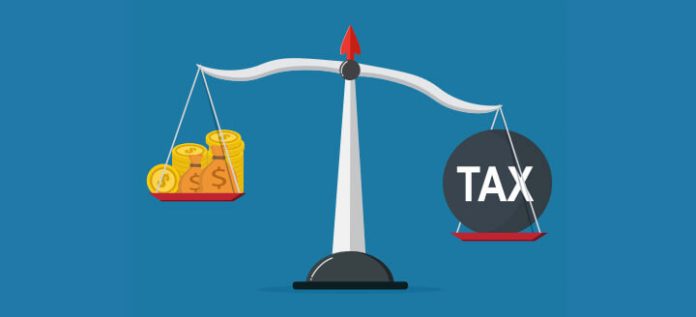When a taxpayer owes the IRS and fails to pay their tax debt, the IRS has the authority to take aggressive collection actions to recover the money. One of the most severe measures the IRS can take is a tax levy garnishment. This process allows the IRS to legally seize your assets, including your wages, bank accounts, and other income, to satisfy your tax debt.
What is a Tax Levy?
A tax levy is a legal seizure of your property or assets to pay a tax debt. Unlike a tax lien, which is a claim against your property as security for a tax debt, a levy actually takes the property to satisfy the debt. A wage garnishment is one type of levy where the IRS takes a portion of your paycheck directly from your employer.
How Does a Tax Levy Garnishment Work?
When the IRS decides to garnish your wages or seize your assets, they typically follow these steps:
- Notice and Demand for Payment: The IRS will first send you a bill that details how much you owe. This is known as a Notice and Demand for Payment.
- Final Notice of Intent to Levy: If you do not pay the amount owed or make arrangements to settle your debt, the IRS will send you a Final Notice of Intent to Levy and Notice of Your Right to a Hearing at least 30 days before the levy begins. This gives you an opportunity to resolve the issue before any action is taken.
- Garnishment Begins: If you do not respond to the final notice, the IRS will contact your employer or financial institution to begin garnishing your wages or seizing funds from your bank accounts. The garnishment will continue until your tax debt is paid in full, you arrange a settlement, or the IRS releases the levy.
Types of Property the IRS Can Garnish
The IRS can garnish a wide range of assets, including:
- Wages and salaries: The IRS can take a portion of your paycheck directly from your employer.
- Bank accounts: The IRS can seize funds from your checking or savings accounts.
- Social Security benefits: A portion of your Social Security income can be garnished.
- Retirement accounts: In some cases, the IRS can levy funds from your retirement accounts, such as IRAs or 401(k)s.
- Property and vehicles: The IRS can seize and sell your property, including real estate and vehicles, to satisfy your tax debt.
How to Stop a Tax Levy Garnishment
If you receive a Final Notice of Intent to Levy, there are several ways to stop the garnishment before it begins:
- Pay the Debt in Full: The quickest way to stop the garnishment is to pay your tax debt in full.
- Set Up a Payment Plan: You can negotiate a payment plan with the IRS, known as an Installment Agreement, which allows you to pay off your debt over time. Once a payment plan is in place, the IRS typically stops garnishment actions.
- Offer in Compromise: If you cannot pay the full amount, you may be eligible to settle your tax debt for less than you owe through an Offer in Compromise.
- File for Innocent Spouse Relief: If your tax debt is due to your spouse or former spouse, you may be eligible for Innocent Spouse Relief.
- Request a Collection Due Process (CDP) Hearing: You have the right to request a CDP hearing within 30 days of receiving the Final Notice of Intent to Levy. During this hearing, you can present your case for why the IRS should not proceed with the garnishment.
- Prove Financial Hardship: If the garnishment would cause significant financial hardship, you can request that the IRS release the levy.
What to Do If Your Wages Are Already Being Garnished
If the IRS has already started garnishing your wages, it’s not too late to take action:
- Contact the IRS Immediately: Discuss your situation with the IRS to explore options for stopping the garnishment.
- Set Up an Installment Agreement: Even after garnishment has begun, you can still negotiate a payment plan with the IRS.
- Seek Professional Help: Tax professionals, such as tax attorneys or enrolled agents, can negotiate with the IRS on your behalf and help you find a solution.
Conclusion
Tax levy garnishment is a serious action taken by the IRS to collect unpaid taxes. If you’re facing a tax levy, it’s essential to act quickly to avoid the seizure of your wages or assets. Understanding your rights and options, and seeking help if necessary, can help you manage the situation and prevent further financial distress.








